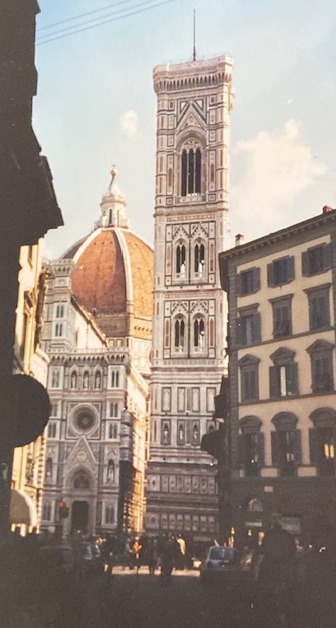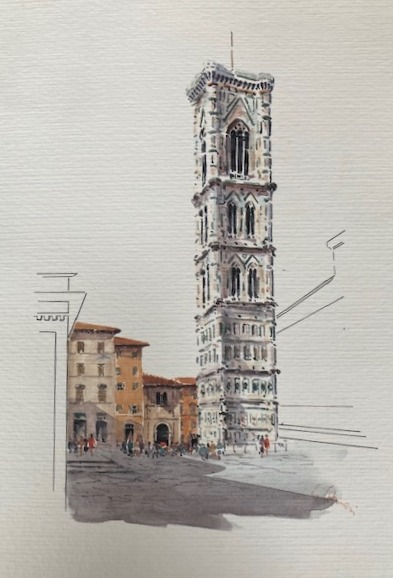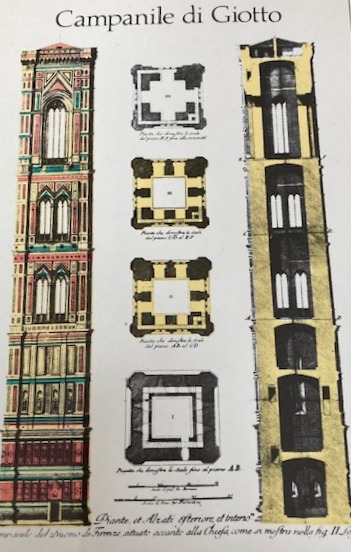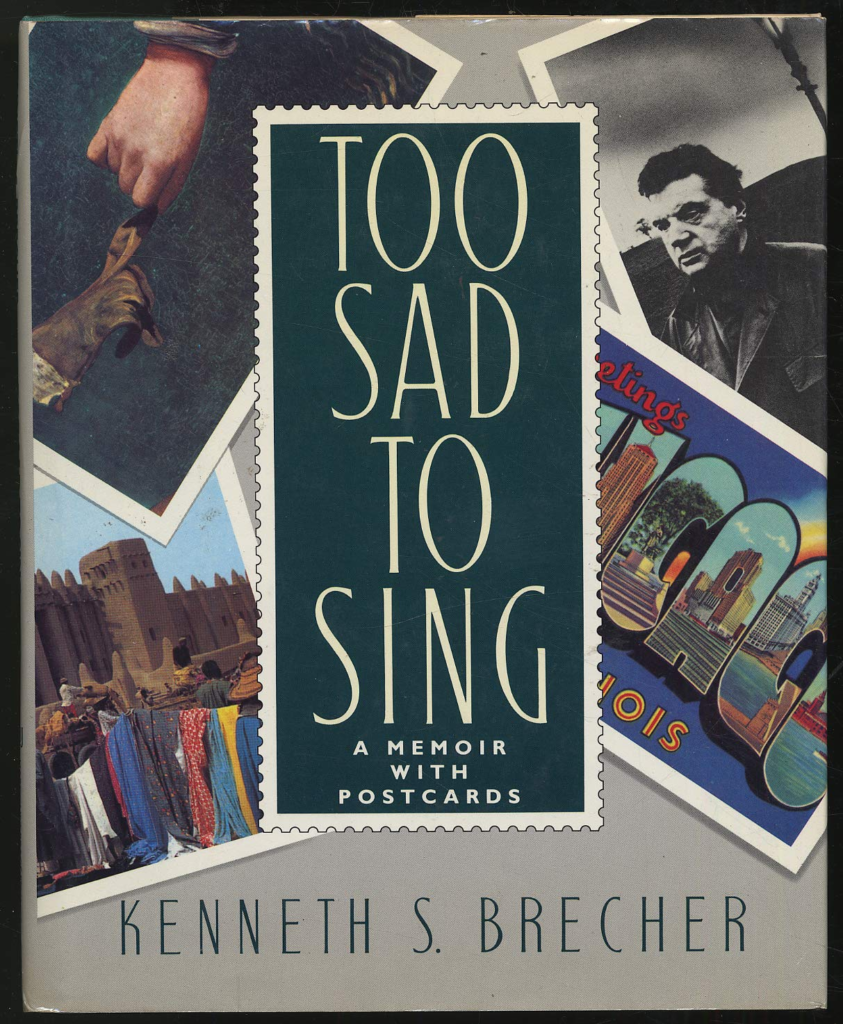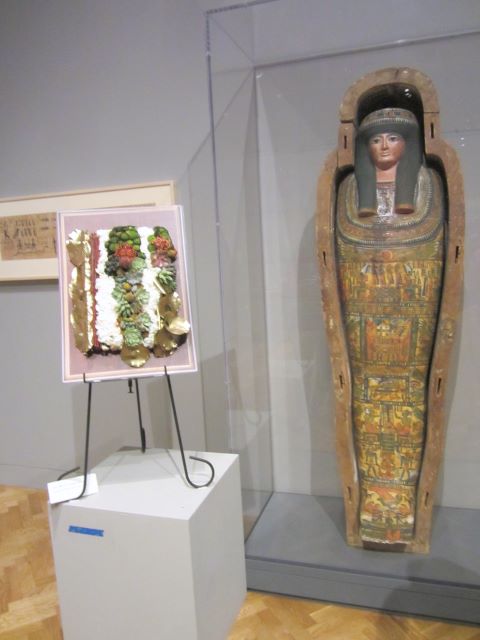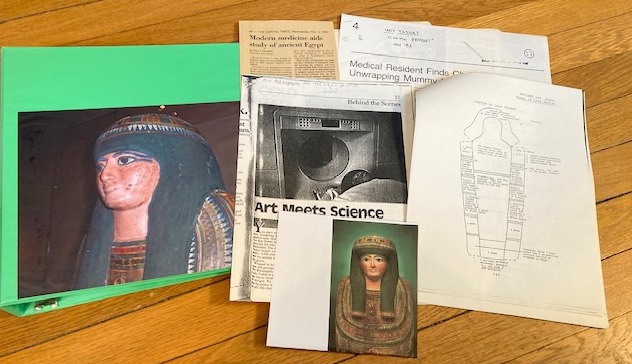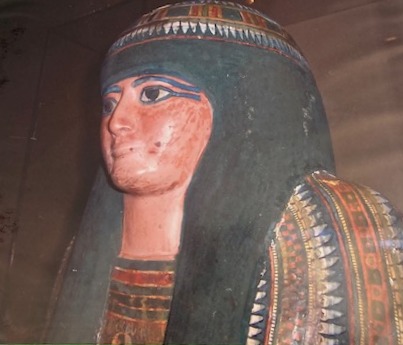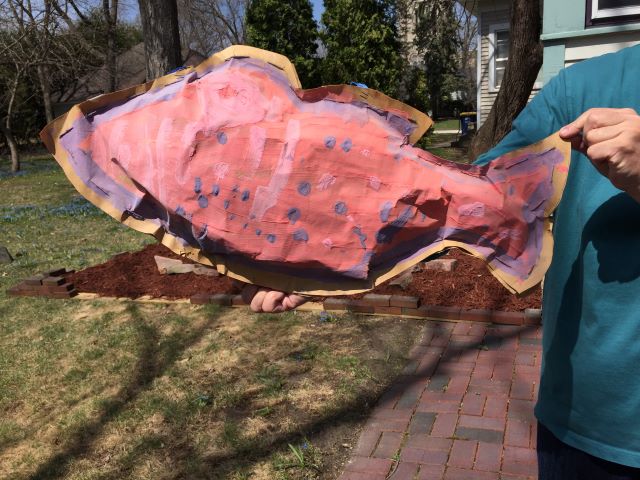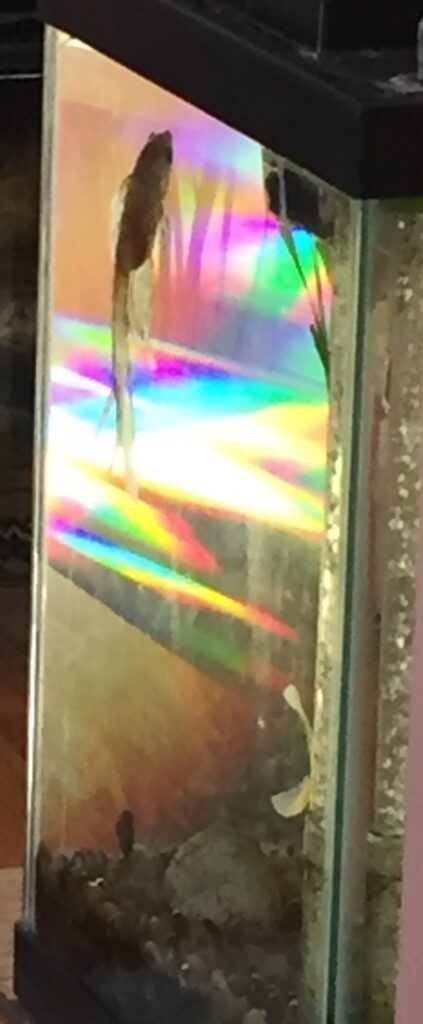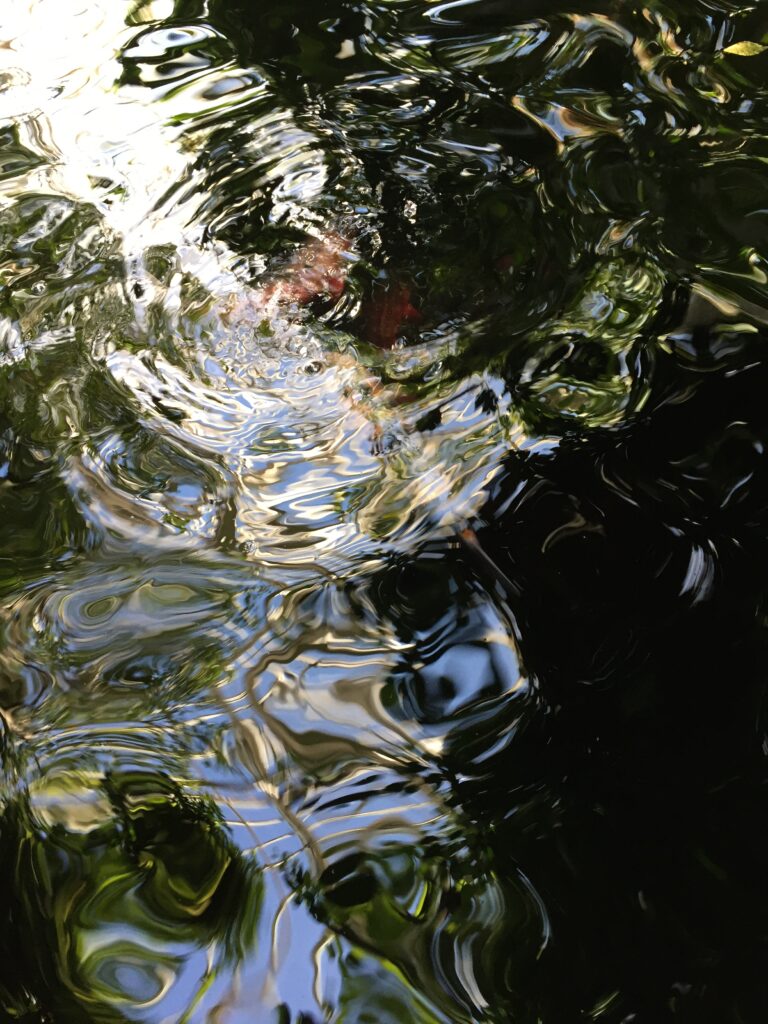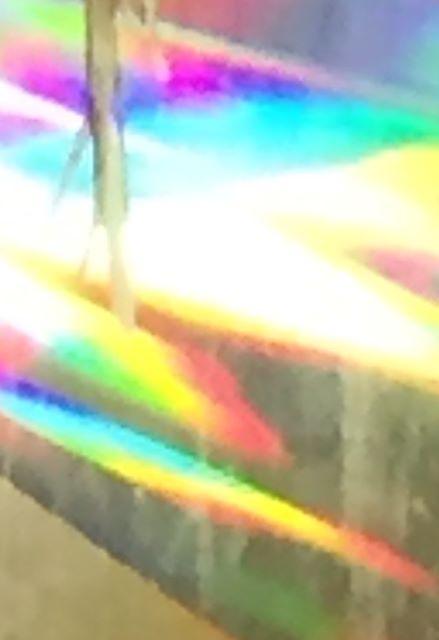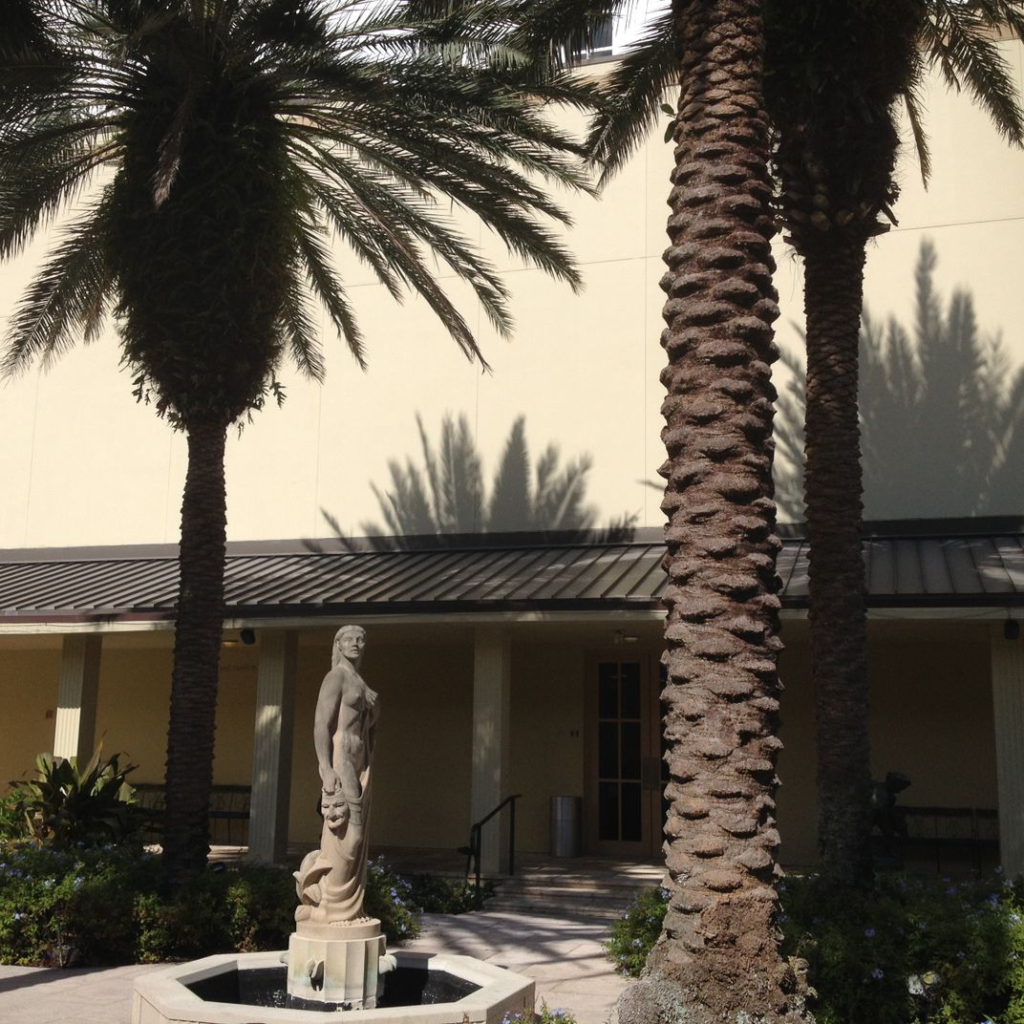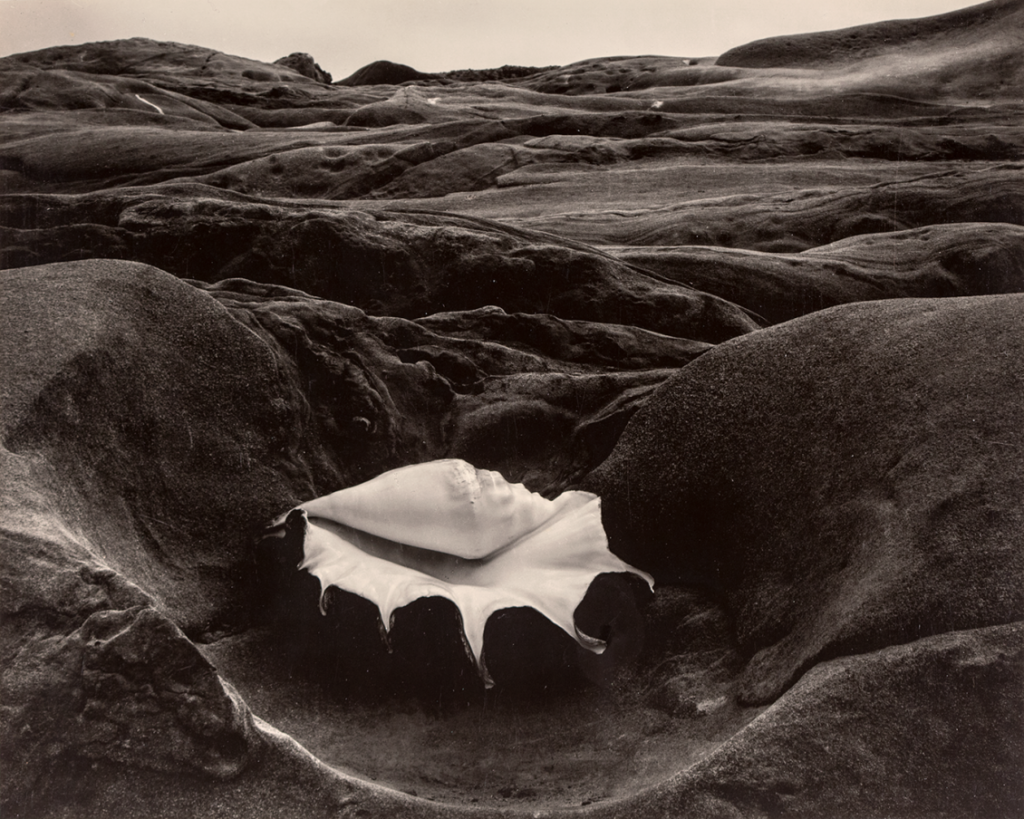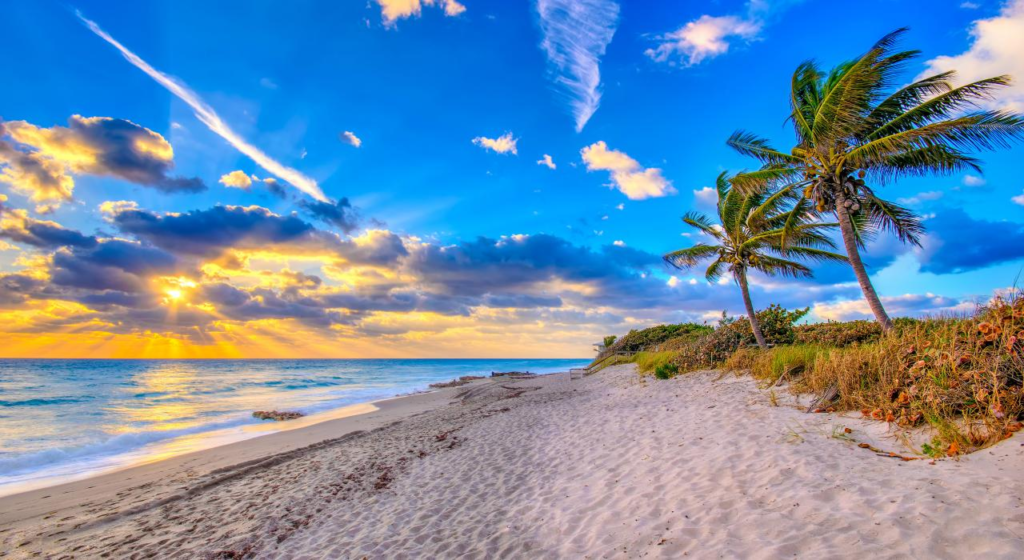
I wrote this poem, “Journey” away from home but thinking of it, this past weekend when we were staying for the first time overnight at our daughter’s house. Now we are back, in the place we first arrived in April of 1996, in the place where I feel more rooted than anywhere else on earth.
Traveling has its attractions, its benefits. It is most valuable, though, when one can return to the place journeyed from and see home afresh against the memory of other places. Below the poem are two snapshots from recent trips to Wisconsin in the past few days and, last, an image greeting us when we arrived home yesterday–something we planted years ago, blooming like never before, and a second poem, inspired by roots.
Journey Michigan—Wisconsin—Minnesota. My life’s stone has skipped over a great lake, over the mightiest river, to land, plonk! in the middle of this green prairie. Spring evenings bring the smell of manure freshly ladled onto the farmers’ fields just outside of town. You just get used to it, think of growing corn instead of sewers. Close to the house, flowering everywhere, sturdy Siberian scilla paint green grass over with washes of tiny blooms, starry, sky-blue. It’s as if a glacial lake had wandered, in flowing miniature, into the garden, swallowed its center, claimed this part-acre of river hill, swirling here where I am planted, where I bloom. Leslie Schultz
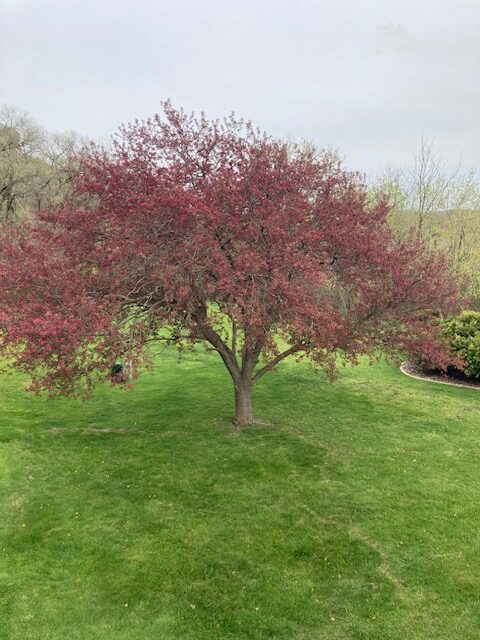
Thank you for your company on this month-long journey through April. Wishing you joy in the season ahead,
LESLIE
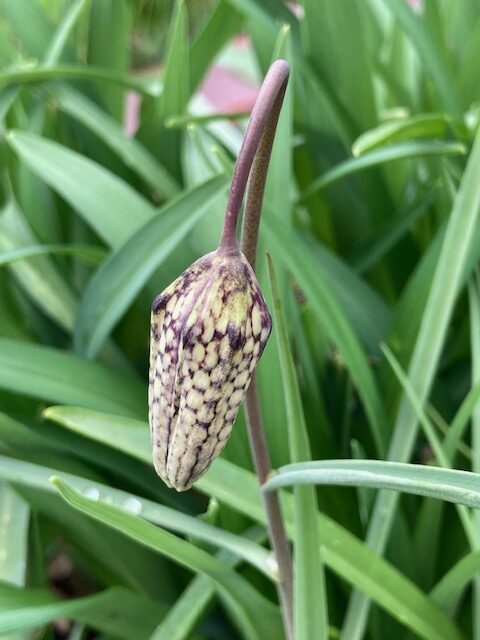
Advice from a Snake Lily
for Ann Wilson Lacy
Don’t despair.
I was thrust into dark earth
like an upside-down lightbulb,
like a bad idea. Grub-white,
I was covered by thin, brown paper
no one wanted to read.
Relax.
I was shunned for a long, cold
season but I did not cry. I dreamed
my involuted dreams
of sturdy roots and leaves
greener than money.
Wait.
I was not seduced by January thaws
or hurried by nudging earthworms.
I waited until my cue. Warmed awake,
that is when I knew. I made my entrance
by inches. No strip tease. An emergence.
In your moment, do not doubt.
This is my moment in the sun,
my chance to wave checkerboard blooms
like flags urging spring to race forward.
I am not bright. I do not rise very high,
yet some who see me gasp in charmed delight.
You must dive up
into the world
before you can dazzle it—
before you can leap
into who you really are.
Leslie Schultz (2017; included in Concertina)


